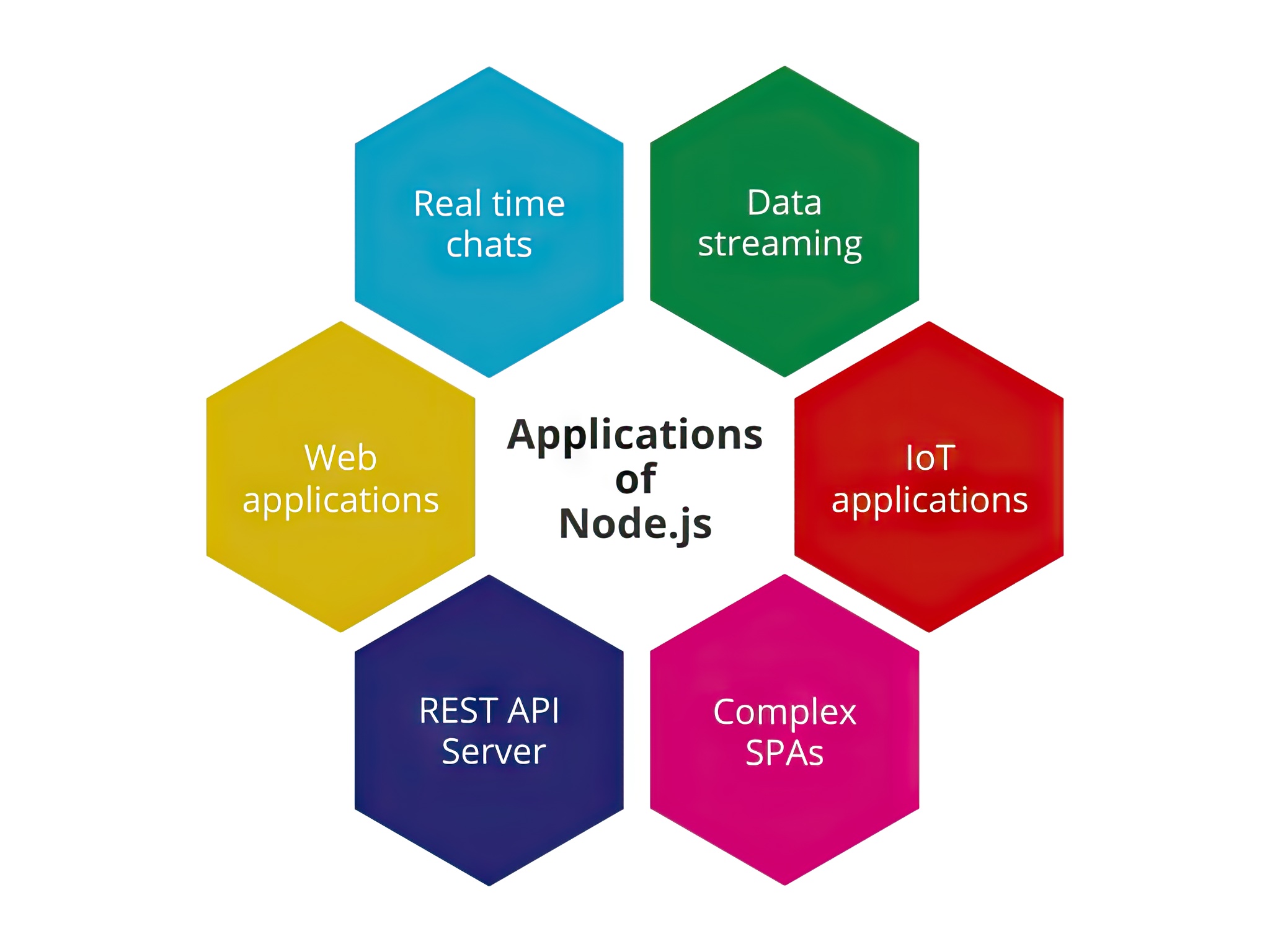In a digital era shaped by rapid change and innovation, few technologies have shown the resilience and adaptability of Node.js. Since its inception, Node.js has reshaped how developers build server-side applications. In 2025, it remains more relevant than ever—fueling modern web platforms, powering real-time services, and scaling seamlessly for enterprise needs. Businesses seek tools that are efficient, scalable, and future-ready, and Node.js continues to lead.
Despite waves of new frameworks and languages, Node.js retains popularity among startups, enterprise teams, and solo developers. With strong compatibility across the JavaScript ecosystem, deep integration with DevOps tools, and support for new paradigms like serverless and edge computing, Node.js stands out. Therefore, this article explores why Node.js continues to dominate—highlighting its architecture, developer experience, and forward-looking capabilities.
Asynchronous and Non-Blocking Architecture
Node.js’s asynchronous, non-blocking I/O model is central to its success. Built on Chrome’s V8 engine, it uses an event-driven approach that processes thousands of concurrent requests without blocking the system.
As a result, this makes it ideal for apps with real-time data or heavy I/O demands—like chat systems, analytics dashboards, and IoT platforms. As digital systems grow more connected and users demand faster responses, Node.js continues to deliver.
In 2025, improvements to Node’s event loop, memory handling, and support for HTTP/3 further boost its ability to manage high-load, multi-user environments. Additionally, developers benefit from clear and maintainable async/await syntax.

JavaScript Everywhere: Full-Stack Synergy
Node.js enables full-stack JavaScript development, unifying client and server code. Consequently, this reduces context switching, simplifies onboarding, and promotes code reuse across the app.
With front-end tools like React, Vue, and Svelte thriving, Node.js complements them seamlessly. As a result, teams can reuse logic for validation, routing, and more—leading to faster, more reliable development.
Moreover, TypeScript support is stronger than ever. Node.js now handles ES modules smoothly, helping teams iterate quickly and maintain consistent codebases.
An Expansive and Evolving Ecosystem
Node.js offers one of the largest ecosystems in tech. NPM hosts millions of packages covering utilities, databases, authentication, and testing.
Therefore, this ecosystem helps teams prototype and deploy fast. With growing support for AI, real-time tools, and cloud platforms, Node.js remains future-proof.
In 2025, tight integration with tools like Kubernetes, AWS Lambda, and Azure Functions further boosts Node’s cloud-native appeal. Additionally, tools like Nx and TurboRepo make managing large projects easier than ever before.
Enterprise Scalability and Proven Reliability
Big companies continue to adopt Node.js for performance and flexibility. Brands like Netflix, PayPal, and LinkedIn use it to speed up responses, cut costs, and boost productivity.
Importantly, Node.js supports microservices and scales horizontally. Monitoring tools like Prometheus and OpenTelemetry help teams track performance with confidence.
Furthermore, the Worker Threads API allows multithreading for compute-heavy tasks. With better memory and module handling, Node.js now suits workloads once reserved for heavier languages.
Developer Experience and Modern Tooling
Node.js prioritizes developer experience. Fast startup, minimal setup, and rich tooling make it a top choice.
Tools like Vite, esbuild, and Bun speed up builds and enable live reloads. Likewise, TypeScript and ESLint help maintain high code quality.
Popular editors like VS Code offer smooth workflows, with autocomplete, debugging, and plugin support. In addition, new security features like auditing and sandboxing make shipping safer apps easier.
Optimized for Edge and Serverless Architectures
Edge and serverless models are growing fast. Node.js, with its light footprint and quick start times, fits perfectly.
For instance, platforms like Vercel, Netlify, and Cloudflare Workers use Node for fast, efficient execution. It supports HTTP streaming, incremental rendering, and targeted deployments.
Lightweight frameworks like Fastify and Hono help developers create microservices that scale globally. As such, Node.js is a top tool for building the edge-first systems of 2025.

Built for the Future: Stability and Innovation
Node.js is guided by the OpenJS Foundation and a global community focused on stability and progress. Regular LTS releases and active collaboration keep it modern and reliable.
In addition, Node embraces trends like WebAssembly (via WASI), native module support, and experimental Deno integrations. These prepare it for the future of cloud-native, edge, and AI-driven development.
Cross-runtime work and new APIs help Node.js stay at the forefront of web innovation. As a result, developers continue to choose Node.js for both stability and progress.
Conclusion
After more than a decade, Node.js still defines backend development. In 2025, its speed, flexibility, and community support make it a favorite for developers everywhere. From real-time systems to microservices and edge apps, Node.js adapts and excels.
With a strong ecosystem and readiness for future tech, Node.js isn’t just surviving—it’s thriving. As web standards evolve, Node.js stays relevant, innovative, and essential.
Therefore, if you’re building the next big app or a niche tool, Node.js remains a proven, powerful choice for developers who demand performance and agility.



